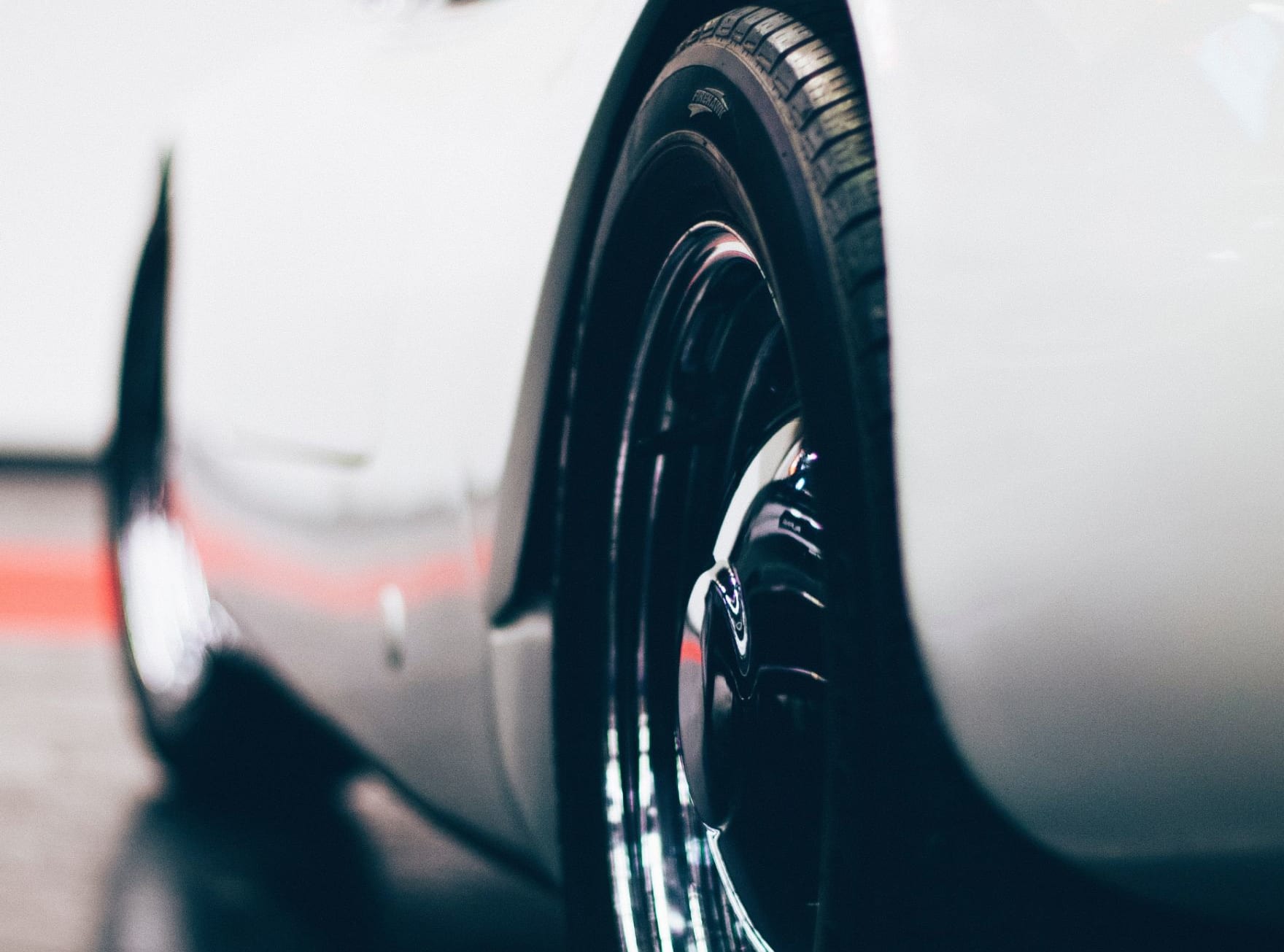Knowde Enhanced TDS
Identification & Functionality
- Chemical Family
- Polymer Name
- Technologies
- Product Families
Features & Benefits
- Materials Features
Applications & Uses
- Markets
- Plastics & Elastomers End Uses
- Plastics & Elastomers Processing Methods
- Part and Mold Design Information
Please pay attention to the following considerations when designing the mold and part when using PMMA
Part Design
- Part should be designed such that a sudden change in wall thickness should be avoided
- PMMA material may not exhibit sufficient impact resistance to be used in parts with clip-on design and thus should be avoided
- If clip-on design is necessary, it is recommended to perform two shot injection molding with a material with high impact resistance as backing
- Avoid sharp corners or sharp edges
Mold Design
- The sprue, runner and gate should be designed to be as thick as reasonably possible to reduce shear heating
- Particular consideration to be given to the ejection mechanism and draft angle of the mold to minimize the damage to the part during its release from mold.
- Molding Defects and Remedies
Please pay attention to the following points and adjust molding condition depending on the defects.
Cracking Defect Crack occurred following situation
- Case 1:
- Around the gate of mold, due to excessive residual stress
- Decrease and adjust holding pressure.
- Change injection speed to multiple step. E.g. 1st shot is slower and 2nd is faster
- Increase mold temperature.
- Case 2:
- Around the end of resin flow due to over packing
- Decrease injection pressure.
- Decrease fill volume
- Decrease resin temperature
- Case 3:
- If cracking occurs at ejection,
- Increase temperature difference between Cavity side and Core side of mold.
- Reduce Ejection Speed
- Sink Mark Defect
- Take opposite action and adjustment for Cracking theoretically
- Increase holding pressure
- Increase injection speed
- Case 1:
Properties
- Color
- Physical Form
- Typical Properties
- Processing Information (Injection Molding)
| Value | Units | Test Method / Conditions | |
| Vicat Softening Temperature | 109 | °C | ISO 306 |
| Deflection Temperature (Under Load 1.82 MPa, Annealed) | 101 | °C | ISO 75-2 |
| Melt Flow Rate (230°C, 37.3N) | 2 | g/10min | ISO 1133 |
| Tensile Strength (at break) | 76 | MPa | ISO 527-2 |
| Tensile Strain (at break) | 4 | % | ISO 527-2 |
| Flexural Strength | 120 | MPa | ISO 178 |
| Flexural Modulus | 3100 | Mpa | ISO 178 |
| Charpy Impact Strength (Notched) | 1.4 | KJ/m² | ISO 179-1 |
| Transmittance (Y) | 4.08 | — | — |
| Chromaticity Co-ordinates (X) | 0.444 | — | — |
| Chromaticity Co-ordinates (Y) | 0.405 | — | — |
| Chromaticity Co-ordinates (Z) | 0.151 | — | — |
| Value | Units | Test Method / Conditions | |
| Drying Time (at 80 - 90°C) | 4 - 6 | hr | — |
| Barrel Temperature (Front) | 240 - 260 | °C | — |
| Barrel Temperature (Middle) | 230 - 260 | °C | — |
| Barrel Temperature (Back) | 220 | °C | — |
| Mold Temperature | 60 - 85 | °C | — |
| Injection Pressure | 140 - 160 | MPa | — |
| Hold Pressure | 20 - 80 | MPa | — |
| Back Pressure | 9 - 14 | MPa | — |
| Screw Speed | 40 - 60 | rpm | — |
| Cooling Time | 20 - 60 | sec | — |

